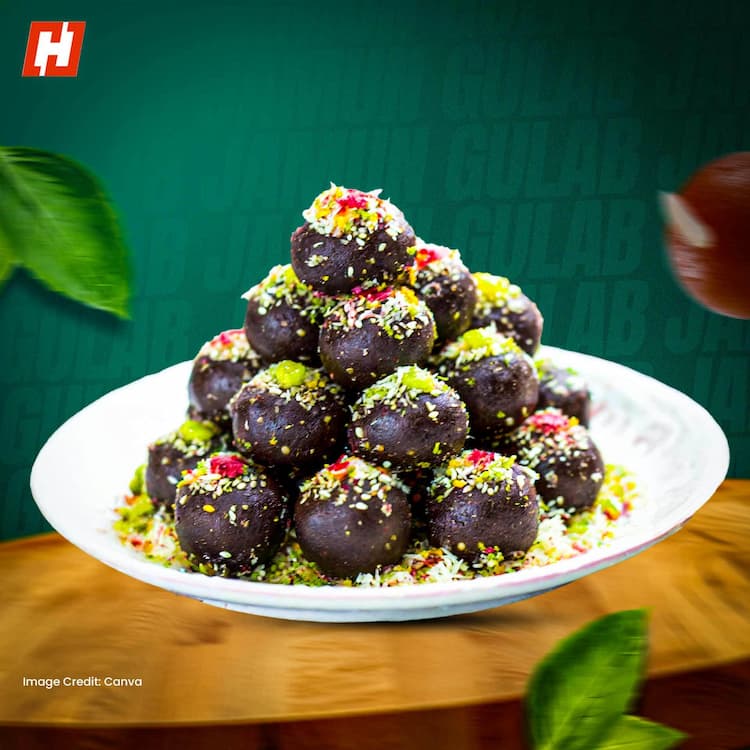You may love biting into a crispy, spicy Indian samosa—but did you know this beloved snack didn’t actually originate in India? Its earliest known ancestor is the ‘sanbosag’, a crisp, deep-fried pastry from ancient Iran.
Mentioned in Persian literature as early as the 11th century, the sanbosag was filled with minced meats, dried fruits, and nuts. A dish of royalty, it was often served in the lavish courts of Persian kings. The word “samosa” itself is a linguistic evolution of “sanbosag,” hinting at its long voyage across cultures and cuisines.
Here is more we bet you did not know about this delicious snack, devoured all over India.
The Journey of Samosa
As traders and travelers moved through Central Asia into the Indian subcontinent, the samosa travelled with them. It truly found a second home during the Delhi Sultanate era, when Persian influence dominated both court culture and cuisine.
Historical records by scholars like Amir Khusro describe samosas being stuffed with rich fillings, spiced minced meats, ghee, and dry fruits, and served as part of royal banquets. Even the famed traveler Ibn Battuta, visiting India in the 14th century, wrote of the decadent, triangular pastries enjoyed by the nobility. Over time, this elite delicacy trickled into the streets, transforming from a regal indulgence to a snack for the masses.
The various types of Samosas
India’s diverse regions adopted the samosa and gave it their own flavorful twist. In Hyderabad, the flaky pastry turned into the square-shaped Lukhmi, filled with spiced lamb or beef. Bengal introduced Shingara, which can be both savoury (with cauliflower, potato, or peanuts) and sweet (stuffed with khoya and coconut).
In Goa, influenced by its Portuguese legacy, pork-filled chamuças became a local favourite. Meanwhile, Gujarat embraced smaller, vegetarian versions, often featuring peas and mild spices. Each region's take on the samosa is a culinary postcard of local tastes, ingredients, and traditions.
See Also: Mihidana Sweet: GI-Tagged Heritage of West Bengal
Samosa was lockdown’s most ordered food
The samosa isn’t just history, it’s a continuing obsession. During the 2020 COVID-19 lockdown, Mumbai Mirror reported that samosas topped India’s food delivery charts. People craved comfort food, and nothing said comfort quite like that golden triangle. But the obsession predates the pandemic.
Back in 2011, NDTV reported that during Ramzan, over 90,000 samosas were sold in a single day in Bangalore’s bustling Shivaji Nagar, earning vendors nearly ₹1.35 crore in one month! These numbers reveal how deeply embedded the samosa is in Indian festivals, fasts, and feasts alike.






